
Jan 13, 2026 • 7 min read
A spring sojourn in Spain is never a bad idea. From Carnaval in the Canaries in March to Madrid in May, these are Spain’s top places to go in spring.

Jan 13, 2026 • 7 min read
A spring sojourn in Spain is never a bad idea. From Carnaval in the Canaries in March to Madrid in May, these are Spain’s top places to go in spring.

Jan 13, 2026 • 9 min read
The best time to visit Patagonia depends on which region you're heading to and what you want to see and do. Check out this month-by-month guide.

Jan 13, 2026 • 9 min read
Andorra is rich in centuries of history, dramatic mountain scenery and blood-pumping adventure.

Jan 12, 2026 • 15 min read
Discover the best day trips from Venice, from art cities and spa towns to lakes, mountains and coastal escapes, all within easy reach.

Jan 12, 2026 • 6 min read
Traveling to Greece delivers in myriad ways: ancient history, stunning vistas from coastal cliff towns and the freshest food.
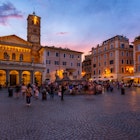
Jan 12, 2026 • 7 min read
Trastevere will bring you sun-dappled cobblestone streets, 12th-century mosaics and lively piazzas. Prepare for nothing short of surprise and delight.

Jan 12, 2026 • 6 min read
From medialunas to limpets, here are eight things to try in Lima.

Jan 12, 2026 • 7 min read
Florida's more than 1000 freshwater springs beckon visitors to these pleasantly warm waters year-round.

Jan 12, 2026 • 7 min read
Sunseekers flock to Mykonos' beaches by day and revelers to its superclubs until dawn. But this island in the Cyclades is more than sand and revelry.

Jan 11, 2026 • 7 min read
How to experience Rome beyond the major tourist landmarks.
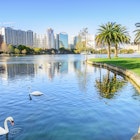
Jan 11, 2026 • 6 min read
After enjoying Orlando’s world-famous (and famously expensive) theme parks, give your wallet a break with these activities in and around the city.

Jan 11, 2026 • 7 min read
New York City isn't typically tied to rugged outdoors and wildlife, but hikes with beautiful views and robust landscapes are easily accessible from the city.

Jan 10, 2026 • 17 min read
After the busy holiday season, we all crave a bit of solitude and serenity. Here are some of the most rewarding destinations to get off-grid in 2026.

Jan 10, 2026 • 11 min read
Pinpoint the right trip for you with our guide to the best places to visit in Europe during spring of 2026.

Jan 9, 2026 • 9 min read
Plan your time, budget and activities with this guide to visiting Australia's iconic Great Barrier Reef.

Jan 9, 2026 • 8 min read
Stunning beaches, superb scuba diving, fabulous food and more top experiences await on the binational Caribbean island of St-Martin/Sint Maarten.

Jan 9, 2026 • 7 min read
From oily palm nut soup paired with starches like banku to street snacks like rice water porridge, going hungry in Ghana will be the least of your worries.

Jan 9, 2026 • 7 min read
Revel in the ultimate didgeridoo performance, cruise alongside crocodiles, and learn the secrets of the world's oldest rainforest.
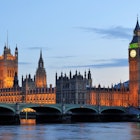
Jan 9, 2026 • 10 min read
First-time visitors to London can be overwhelmed. What to visit? Where to eat? How to get around? Here's a guide to making your first trip to London easy.
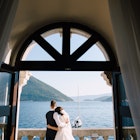
Jan 9, 2026 • 13 min read
Who hasn’t dreamed of saying “I do” on a tropical beach or in an exciting faraway city? Here are the top places in the world to tie the knot in 2026.
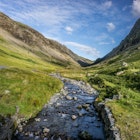
Jan 9, 2026 • 14 min read
Build your perfect England trip with these driving routes and itineraries that take you to the best of the country.

Jan 9, 2026 • 12 min read
Nothing will fully prepare you for your first encounter with the statues of Rapa Nui (Easter Island). Here's how to visit this remote island near Chile.